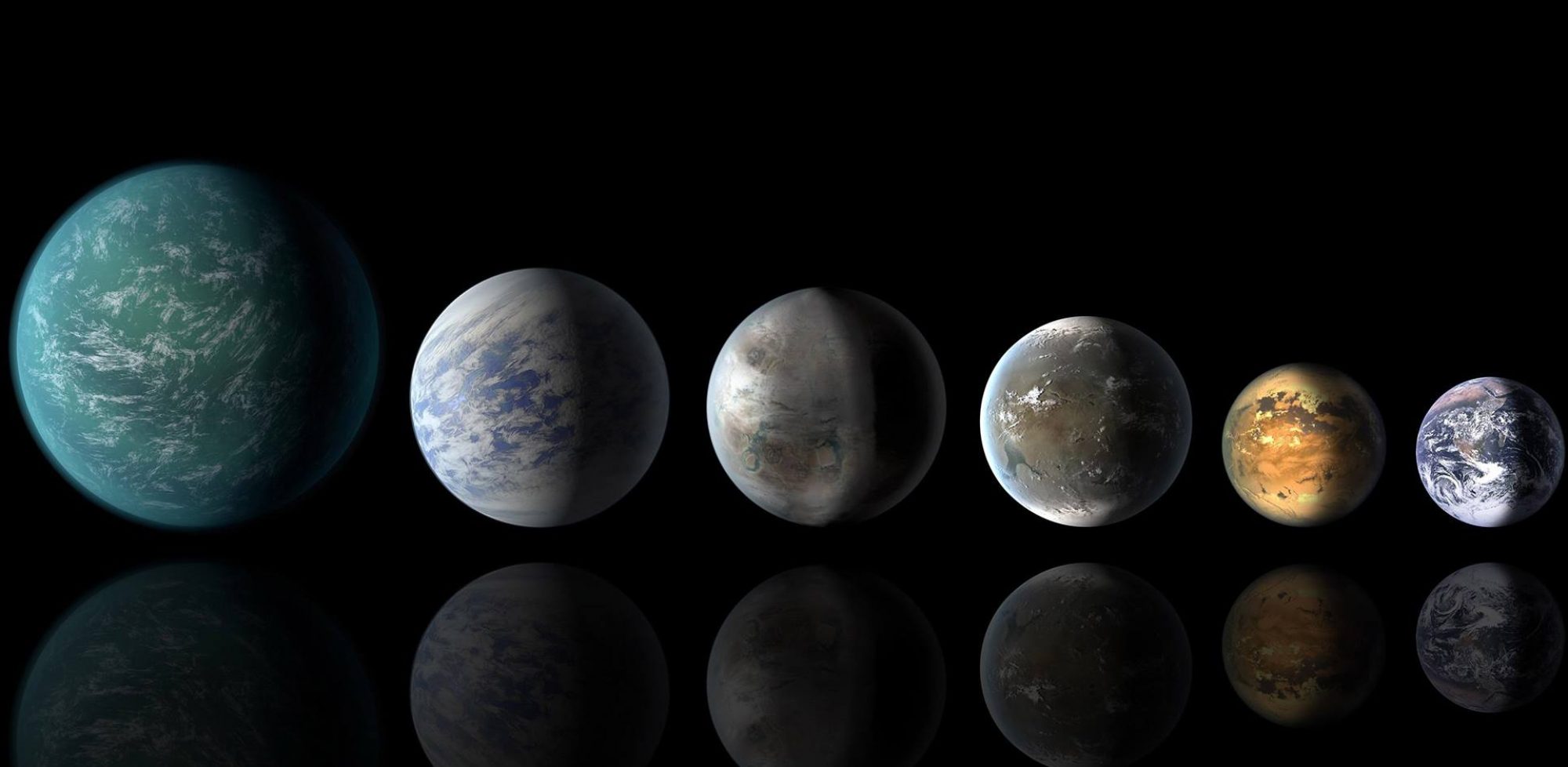I had the pleasure of reporting and writing the Many Worlds column -- sponsored by NASA's NExSS initiative and the Lunar & Planetary Institute -- for more than seven years, but the run came to an end in October. Now an archive of the more than 400 columns is easily available at http://www.manyworlds.space. The stories …
The Cosmos, As Viewed By The James Webb Space Telescope
The James Webb Space Telescope was developed to allow us to see the cosmos in a new way -- with much greater precision, using infrared wavelengths to piece through dust around galaxies, stars and planets, and to look further back into time and space. In the less than four months since the first Webb images …
Continue reading "The Cosmos, As Viewed By The James Webb Space Telescope"
The James Webb Space Telescope Begins Looking at Exoplanets
The James Webb Space Telescope has begun the part of its mission to study the atmospheres of 70 exoplanets in ways, and at a depth, well beyond anything done so far. The telescope is not likely to answer questions like whether there is life on distant planet -- its infrared wavelengths will tell us …
Continue reading "The James Webb Space Telescope Begins Looking at Exoplanets"
The World’s Most Capable Space Telescope Readies To Observe. What Will Exoplanet Scientists Be Looking For?
The decades-long process of developing, refining, testing, launching, unfurling and now aligning and calibrating the most capable space telescope in history is nearing fruition. While NASA has already released a number of "first light" images of photons of light moving through the James Webb Space Telescope's optical system, the jaw-dropping "first light" that has all …
The James Webb Space Telescope And Its Exoplanet Mission (Part 1)
The last time Many Worlds wrote about the James Webb Space Telescope, it was in the process of going through a high-stakes, super-complicated unfurling. About 50 autonomous deployments needed to occur after launch to set up the huge system, with 344 potential single point failures to overcome--individual steps that had to work for …
Continue reading "The James Webb Space Telescope And Its Exoplanet Mission (Part 1)"
Findings Suggest that Red Dwarf Stars May Not Sterilize As Many Exoplanets As Feared
Red dwarf suns are the most common in the universe, and many of the exoplanets officially discovered so far orbit this type of "cool" star. Red dwarfs are much smaller and less powerful than the G type stars such as our own sun, and it is easier to detect exoplanets orbiting them because of their …
A Young Planet Found That May Well Be Making Moons
Astronomers have many theories about how planets are formed within the gas, dust, pebbles and gradually rocks of the circumstellar disks that encircle a star after it has been born. While the general outlines of this remarkable process are pretty well established, many questions large and small remain unanswered. One is how and when exomoons …
Continue reading "A Young Planet Found That May Well Be Making Moons"
Earth as a Transiting Exoplanet
Exoplanet scientists and enthusiasts spend a lot of time trying to find, measure and understand distant planets that can -- under specific conditions -- be detected as passing in front of their host star. A majority of the 4000-plus exoplanets discovered so far were indirectly detected this way, by measuring the diminishing of stellar light …
More Weird and Wild Planets
The more we learn about the billions upon billions of planets that orbit beyond our solar system, the more we are surprised by the wild menagerie of objects out there. From the start, many of these untolled planets have been startling, paradigm-breaking, mysterious, hellish, potentially habitable and just plain weird. Despite the confirmed detection of …
Close and Tranquil Solar System Has Astronomers Excited
From the perspective of planet hunters and planet characterizers, a desirable solar system to explore is one that is close to ours, that has a planet (or planets) in the star's habitable zone, and has a host star that is relatively quiet. This is especially important with the very common red dwarf stars, which are …
Continue reading "Close and Tranquil Solar System Has Astronomers Excited"
